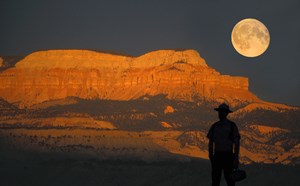
NPS/ Kevin Poe & Ron Warner
A park ranger can not only connect you to the plants, animals, and geology of a park, but also guide you through the night sky. Several national parks have regular stargazing programs or night appreciation events. Examples include star parties or moonlight hikes at Bryce Canyon National Park, telescope viewing at Rocky Mountain National Park, and night sky programming including use of the observatory at Chaco Culture National Historical Park.
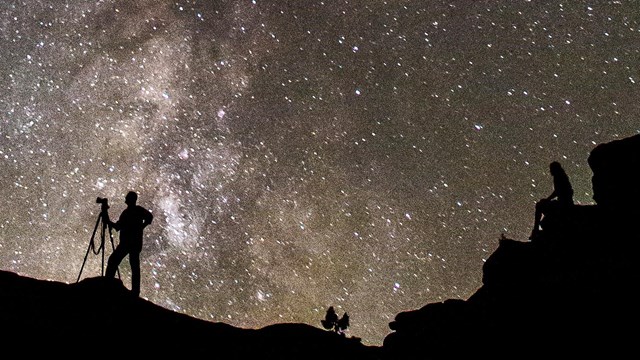
There are many ways to experience the wonder of the night.
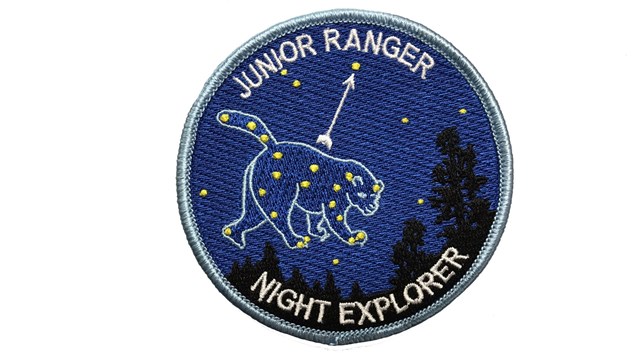
Junior Ranger Night Explorer program encourages visitors to keep exploring the parks after dark. Available in English and Spanish!
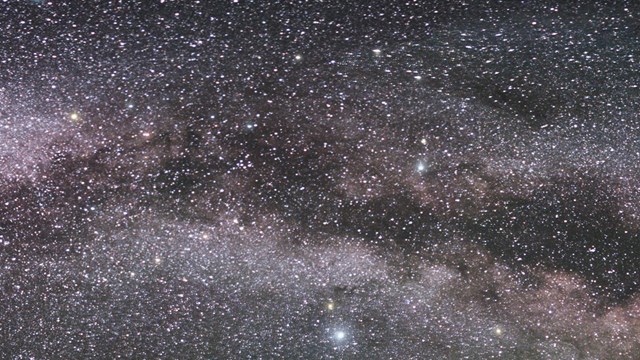
The NPS has some astronomical observatories that provide a unique experience for park visitors.
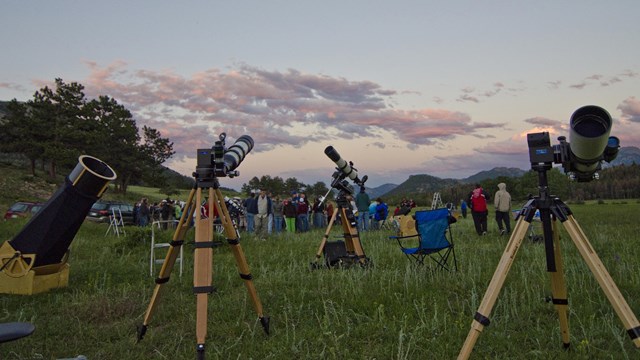
Throughout the year parks offer night sky programming, some of which can be found close to home or along your travels.
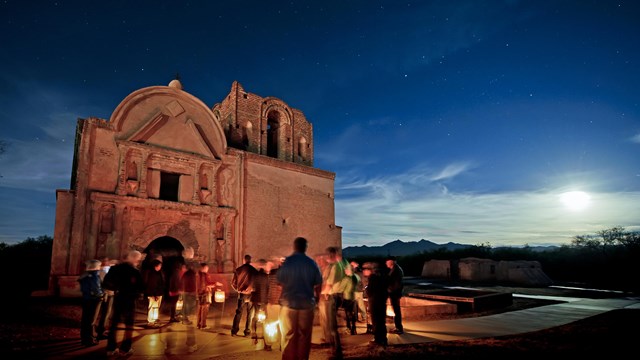
The Milky Way and constellations can be visible if the night skies are free from light pollution. See how you can help protect the night.
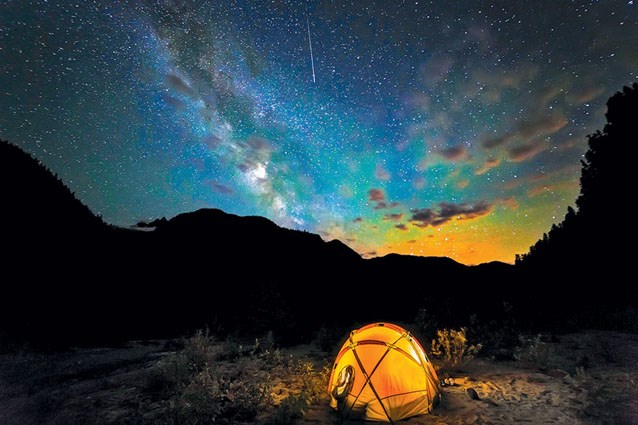
Dark Sky & Artificial Lighting Guidelines for Recreationists
The NPS Natural Sounds and Night Skies Division and the NPS Wilderness Stewardship Division collaborated with Leave No Trace to develop guidelines for recreationists that help protect dark night skies. When preparing for a trip to a national park or other outdoor recreation area, it is important to consider these dark sky and artificial lighting guidelines that complement the LNT principles. Applying these guidelines before and during your recreation visit help protect the starry night skies.
Download a copy of the guidelines, click on link below or photo to left.
Dark Sky & Artificial Lighting Guidelines
Article: NPS and LNT Partnership - Dark Sky Guidelines
Last updated: August 15, 2024
